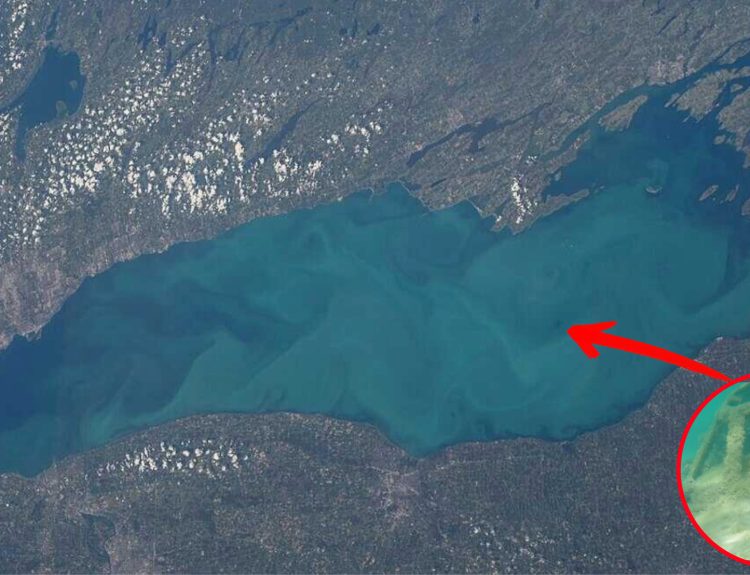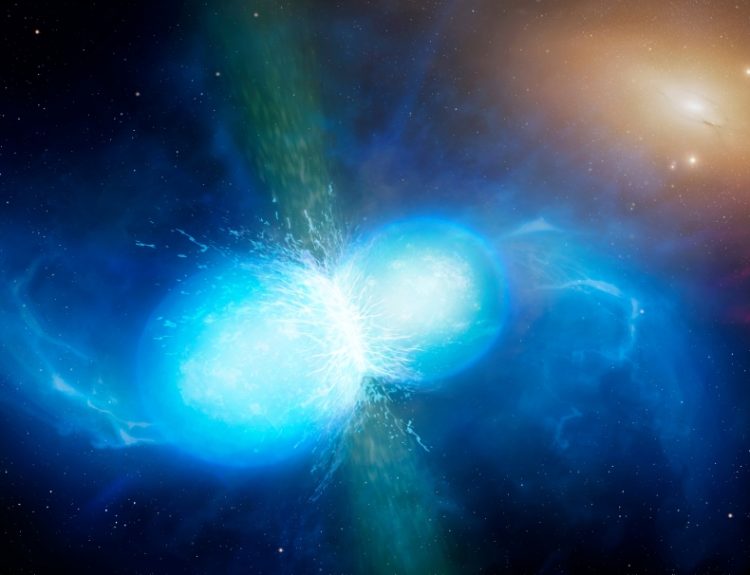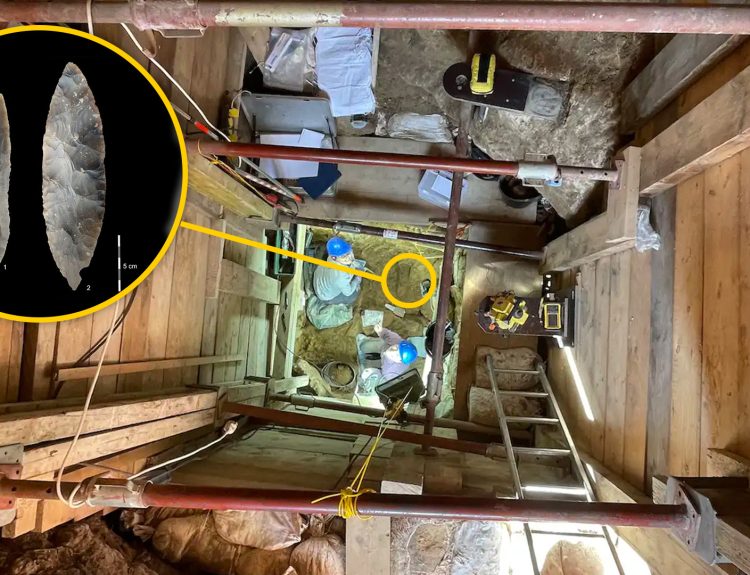Valentine’s Day isn’t all about love and romance. February 14 is a day, like any other, in which key historical events took place that impacted our world. In modern times, we put an emphasis on showing our significant others how dear to our hearts they are. In the past, this day was full of violence, notable achievements, and historic firsts.
Let’s set aside the long-stemmed roses and heart-shaped boxes of chocolate for a moment and look at ten historic events that happened on Valentine’s Day.
1. The Execution of Saint Valentine – 270
When love-hater Emperor Claudius II made marriage illegal in Rome in the third century AD, he was hoping that all the eligible young bachelors would enlist in the army. Instead, a priest by the name of Valentine secretly performed marriage vows so young men could wed their true loves.
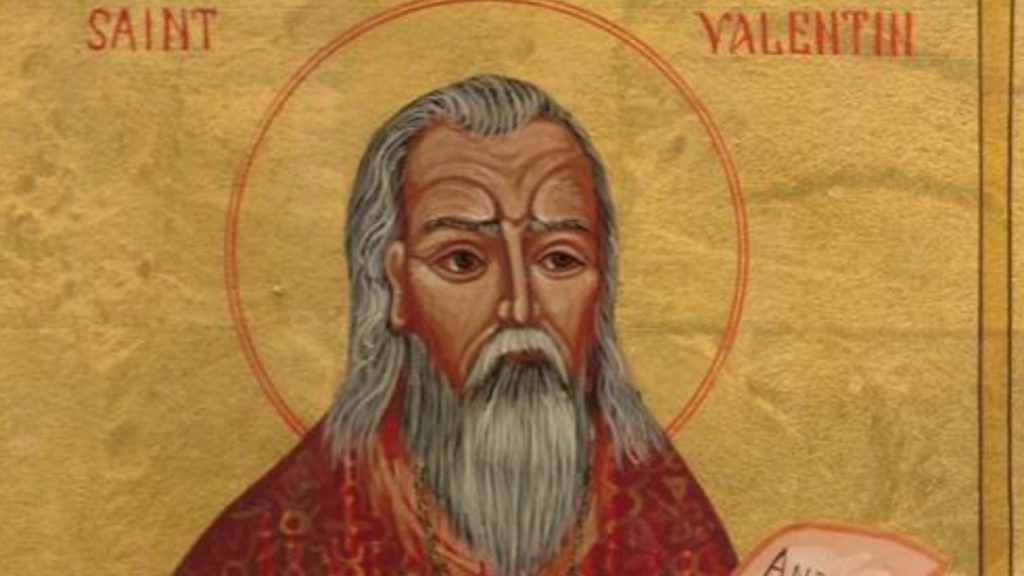
Emperor Claudius learned of Valentine’s illegal weddings and ordered him to be arrested and executed. On February 14, 270 AD, the marriage loving Valentine was beaten and publicly executed. Later, the church granted him sainthood.
2. The American Flag Is Recognized – 1778
It’s all fine and good to declare yourself an independent country, but if the rest of the nations of the world don’t recognize and accept that, you have a problem. After the fledgling United States issued the Declaration of Independence, the young country faced the challenge of winning over support from other countries.

On February 14, 1778, the first recognition of the U.S. flag by a foreign power occurred. Captain John Paul Jones was sailing his ship, the USS Ranger, off the coast of southern France. When he sailed across Quiberon Bay with the Stars and Stripe proudly flying from the ship’s mast, the French ships acknowledged and saluted the new American flag.
3. Oregon Joins the Union – 1859
As you may remember from the popular 1980s computer game, Oregon Trail, this region of the Pacific Northwest was a dream destination for pioneers heading west. The first permanent settlement by Europeans was established in 1811 when Fort George was erected in what is now Astoria, where The Goonies was filmed.
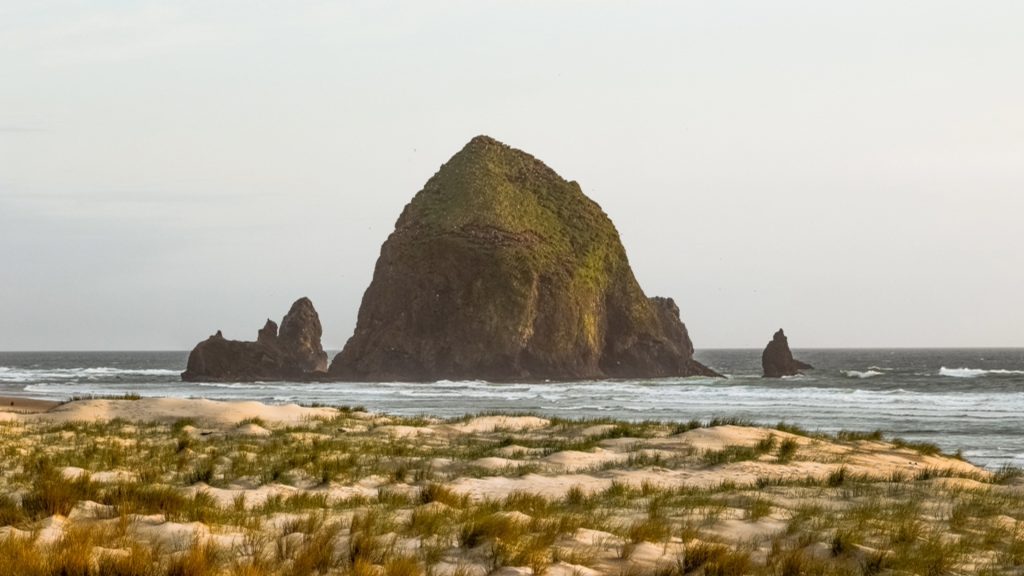
The Oregon Territory applied for and received statehood as the 33rd state in the Union on February 14, 1859, the date that President James Buchanan signed the paperwork. No one in Oregon, however, knew about this for the next month or so. That’s how long it took for the news to travel on foot and horseback along the Oregon Trail to reach Fort George.
4. The Telephone Is Patented – 1876
If you have ever called your Valentine on a land-line phone – how archaic! – you can thank inventor Alexander Graham Bell for providing the means for you to reach out and touch someone. But he had some competition.
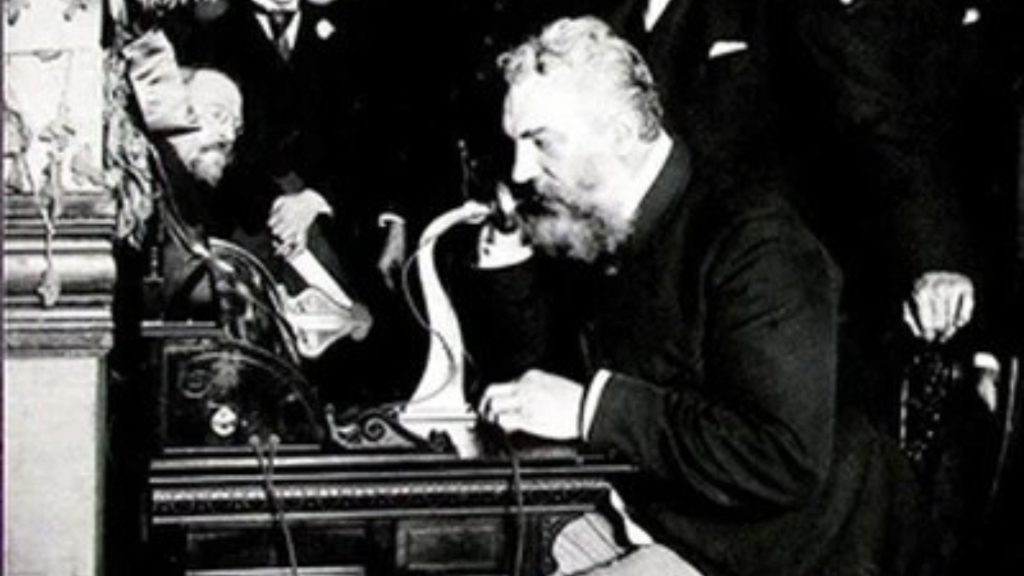
Bell and a rival inventor, Elisha Gray, both applied for a patent for the telephone on the same day – February 14, 1876. A judge had to decide who would receive the patent. Bell had filed his application first, by a few hours, so he was awarded the patent.
5. Captain Cook Is Killed in Hawaii – 1779
The Native Hawaiians didn’t show explorer Captain James Cook any love when he went ashore on February 14, 1779. On previous visits to the Hawaiian Islands, Cook and his men found the people to be friendly and welcoming. But the more the Hawaiian people interacted with Europeans, the more they decided they didn’t much like them.

When Cook arrived on Valentine’s Day, he was greeted with hostility. Cook was stabbed in the neck and died as the rest of his men retreated to their ship. They sought revenge by firing their cannons and reportedly killed about thirty Native Hawaiians.
6. Teamster Leader Jimmy Hoffa Is Born – 1913
As the head of the Teamsters Union and a man who was well-connected in organized crime circles, Jimmy Hoffa was not known to be a romantic, even though he was born on Valentine’s Day in 1913 in rural Indiana.
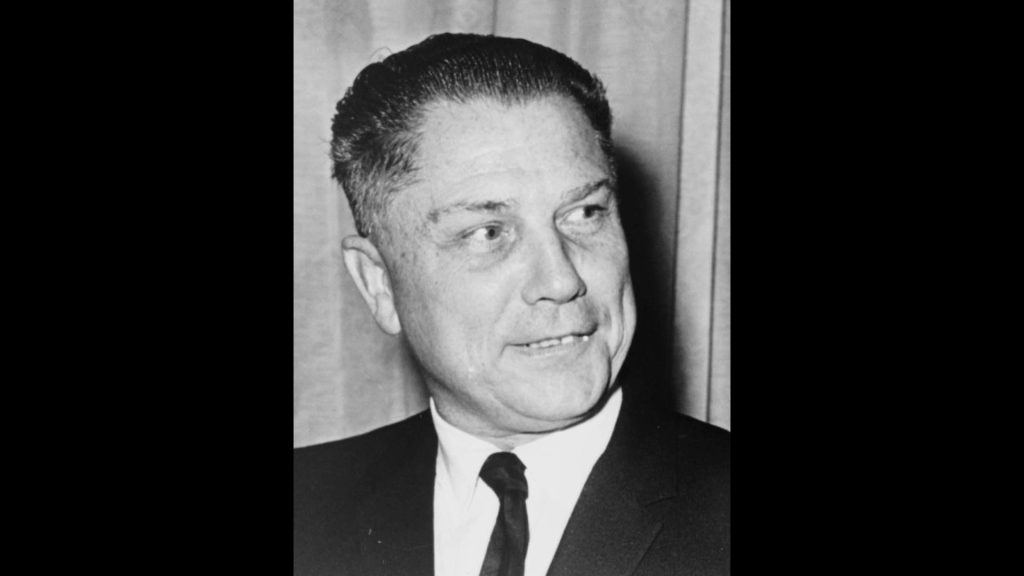
Although we know for sure when he was born, no one can definitively say when Jimmy Hoffa died. The convicted criminal, union boss, and mobster had his share of enemies. On July 31, 1975, Hoffa was seen in a parking lot outside a Detroit restaurant. Afterwards, he disappeared. Most people think he was kidnapped and murdered by rival crime bosses, however no trace of Hoffa has ever been found.
7. Everyone Loves Jackie Kennedy – 1962
Young and beautiful, posh and sophisticated, Jacqueline Kennedy was one of the most popular and beloved first ladies in American history. She cemented that status on Valentine’s Day 1962 when the lovely Jackie gave the world a televised tour of the White House to show off her recently completed remodel of the presidential mansion.

Fittingly, the First Lady wore a classically designed red dress and a simple strand of pearls as she and CBS journalist Charles Collingwood strolled through the White House’s hallowed halls, chatting about various paintings and antique furnishings. Jackie Kennedy’s TV special earned her an honorary Emmy Award.
8. The Bombing of Dresden, Germany – 1945
World War II was in its closing months when American and British forces teamed up for a bombing raid on the German city of Dresden on Valentine’s Day 1945. Instead of delivering Valentine’s Day greetings, the Allied bombers dropped bombs and incendiary devices on the sleeping city just after midnight.

The death toll of the Bombing of Dresden has been estimated to be between 35,000 and 130,000 people. In addition, the air attacks destroyed about 90-percent of the city, damaging and obliterating priceless artwork, cultural treasures, and medieval architecture.
9. The First Knesset Meeting – 1949
The Constituent Assembly, Israel’s first parliament, met for the first time on February 14, 1949, just months after Israel achieved its independence. At the meeting, which was held in the Jewish Agency building in Jerusalem, Chaim Weizmann, Israel’s first president, made it clear that his goal was to “extend a hand of peace” to their Arab neighbors.
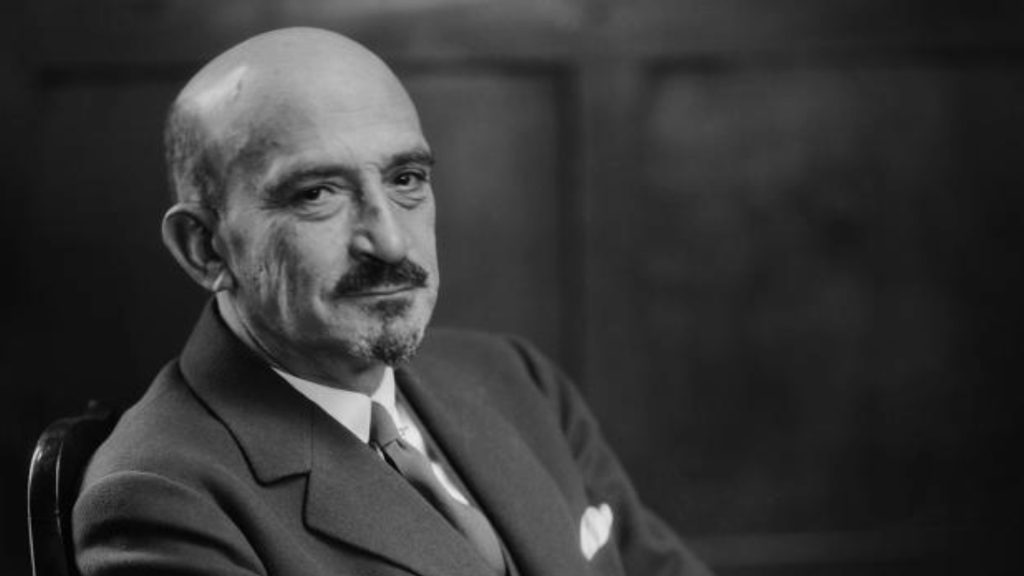
By the end of the meeting, the new Israeli parliament was renamed Knesset, 120 legislators were sworn in, a permanent government home was established in Jerusalem and Weizmann offered “friendship to all peace-loving people.”
10. Arizona Also Becomes a State – 1912
Arizona took a page from Oregon’s playbook and officially joined the Union on Valentine’s Day 1912. President William Howard Taft initially rejected Arizona’s application for statehood the previous year, but Arizona was persistent. Taft finally signed the proclamation to make Arizona the 48th state on February 14, 1912.

Arizona, however, knew how to get back at its ex. After gaining statehood, Arizona voters cast their presidential votes for candidates Woodrow Wilson, Eugene V. Debs, and Theodore Roosevelt, instead of Taft. Less than 13-percent of voters checked Taft’s name on the ballot.




